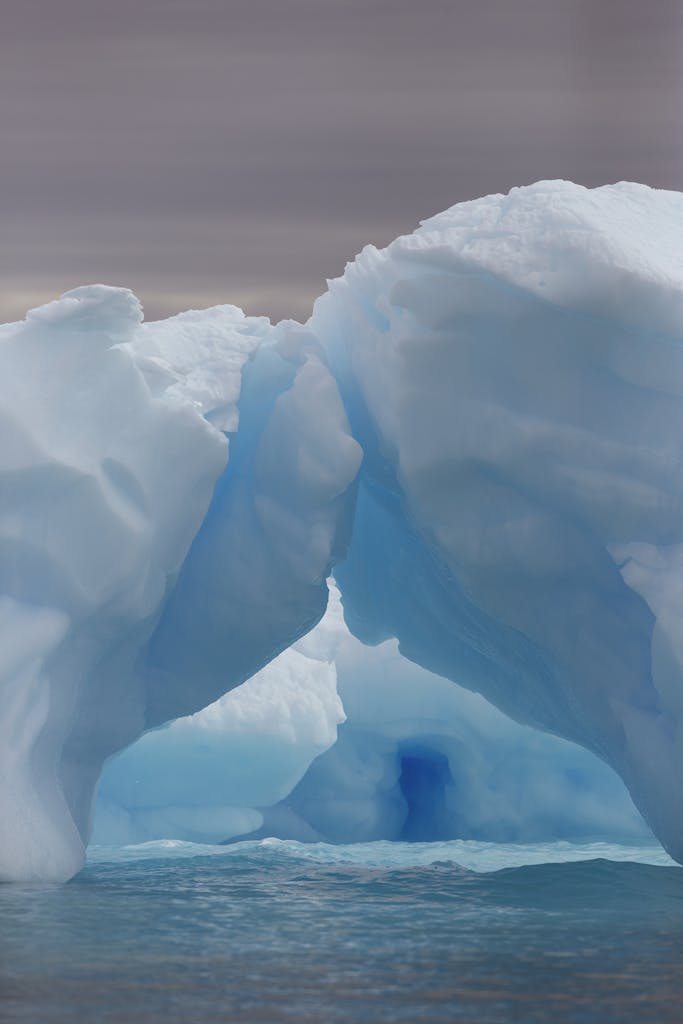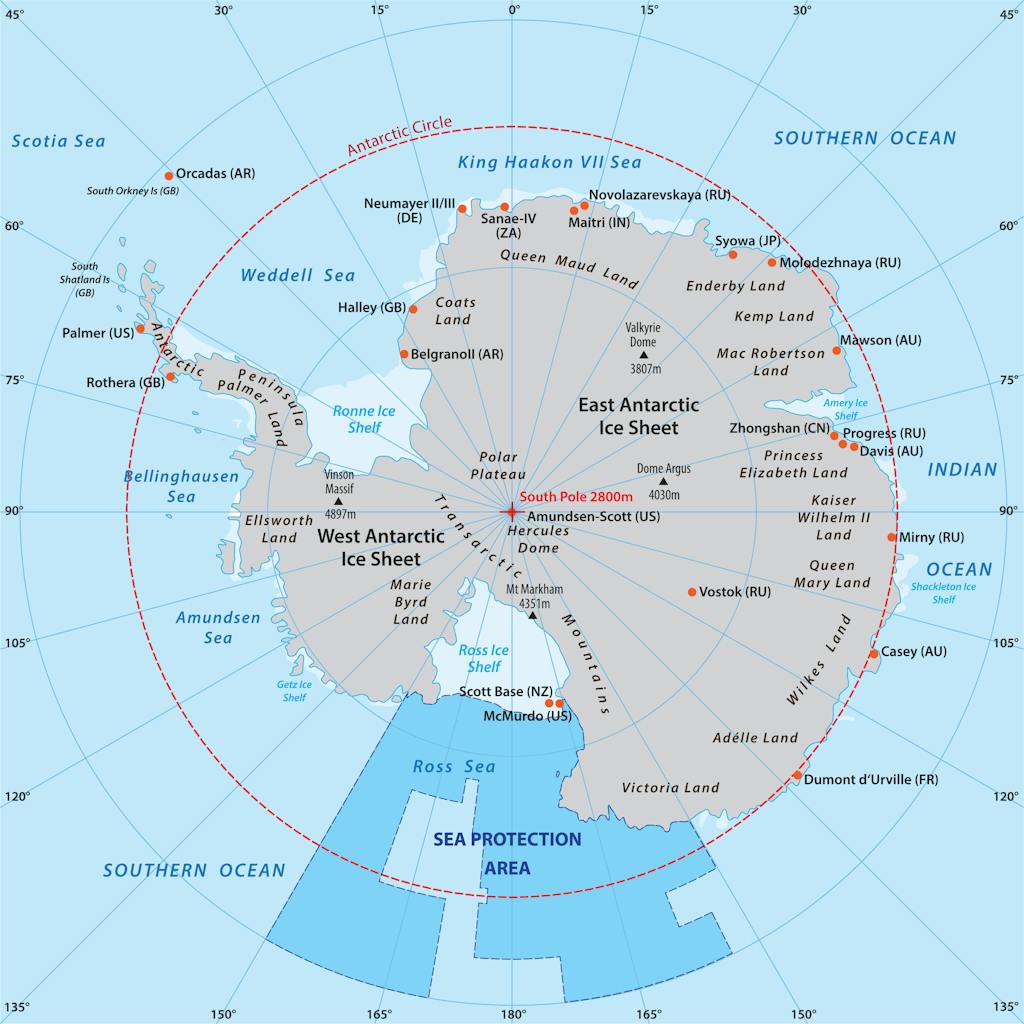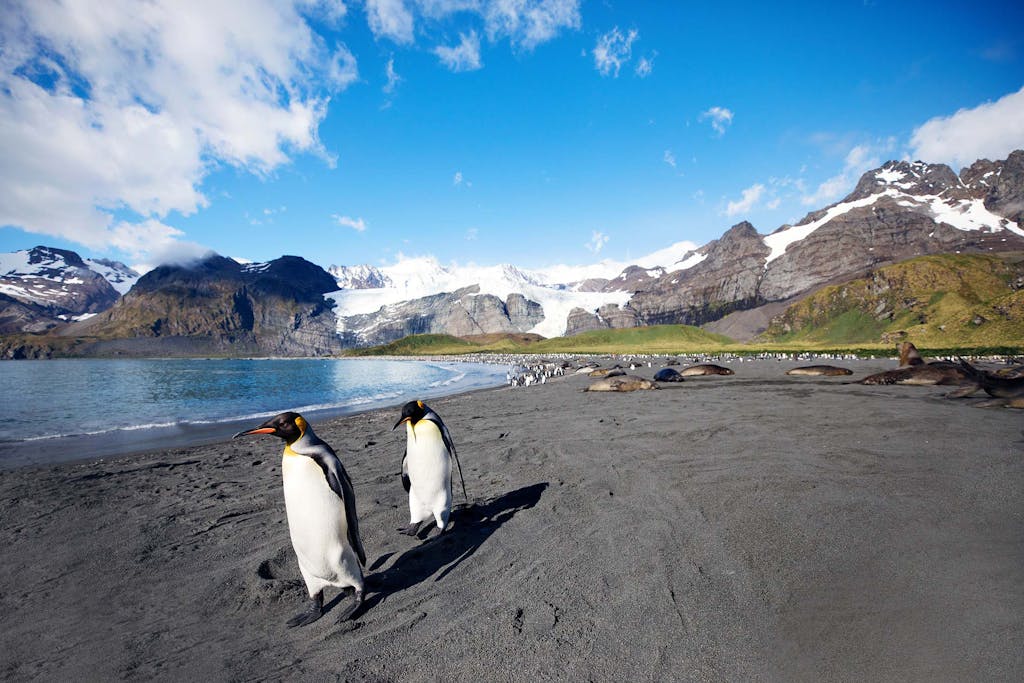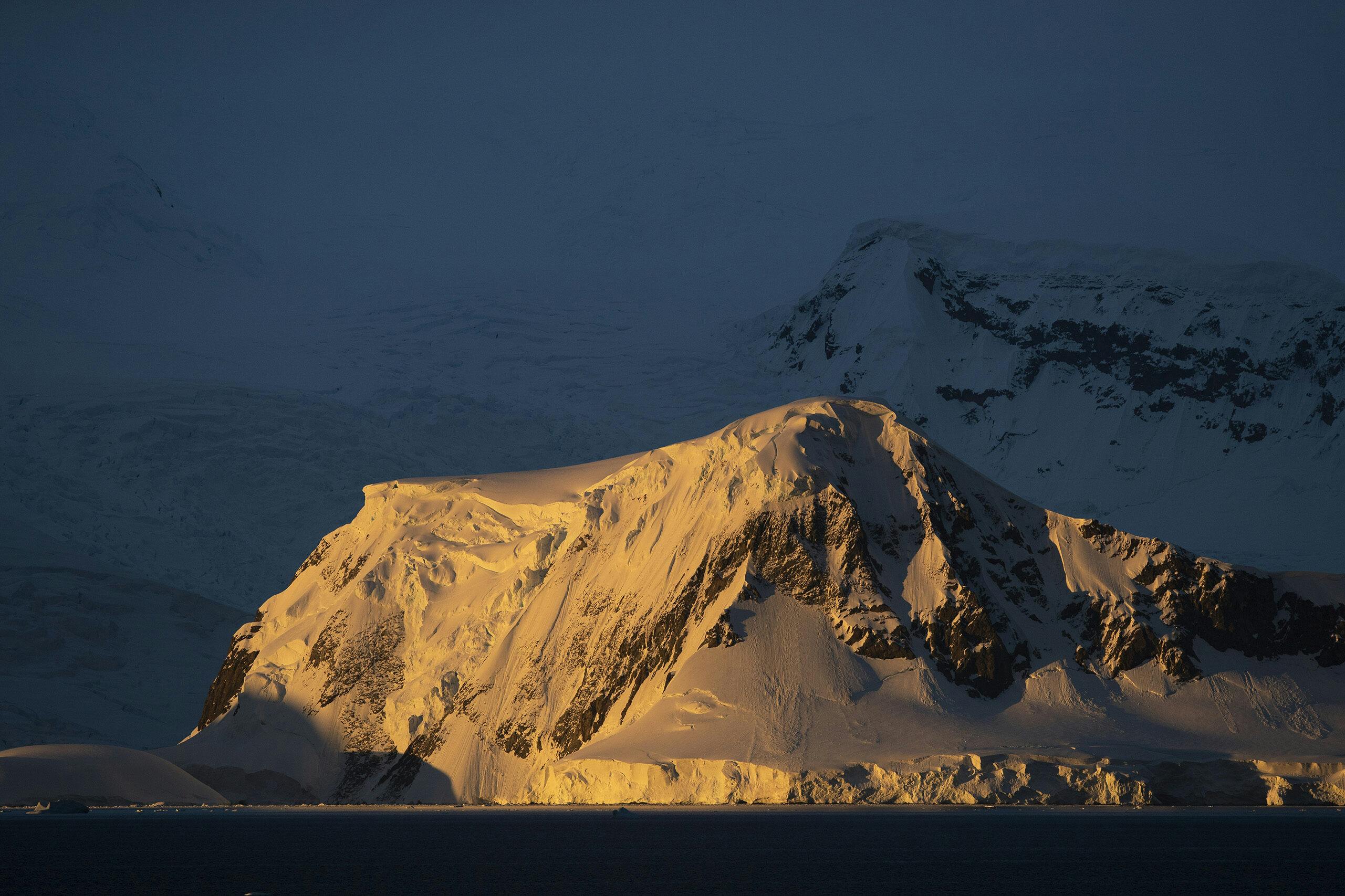How to Choose Your Cruise: Antarctica
My cruise to Antarctica last year turned out to be one of the most life-changing — and life-affirming — trips of my life, filled with pinch-me moments. Here’s why: The best Antarctica cruises reveal that this is a land of extremes and superlatives: It’s the coldest, driest and windiest continent on Earth with the highest average elevation of all the continents. Everything in Antarctica is mind-blowingly big and dramatic.
It holds 90 percent of the world’s ice and 70 percent of the freshwater. About 98 percent of its surface is covered in ice, more than a mile thick. It’s the least densely populated continent by far, with just a few thousand residents scattered at research stations.
As the most remote and inhospitable continent, Antarctica remains little known. Almost two centuries after the discovery of this desolate, frozen landmass in 1820, the White Continent remains as mysterious and unfathomable as outer space. Here’s what I learned on my first trip: Compared with the world’s great landmarks, whether natural or man-made, it can easily put them all to shame.

It’s a place of endless wonder and beauty beyond the wildest imagining. Gob-smacking icebergs sprout in the water like marvelous sculpture gardens, their icy whites and translucent blues luminous in the inky sea. Sprawling glacial sheets cover jagged volcanic rock walls that shimmer in the brilliant sun. Great cathedrals of ice line the horizon whose elaborate turrets, lofty spires and extravagant towers make the landscape feel sacred. You can’t help but be humbled by such awe-inspiring scenery all around you.
It’s more remote and isolated than anywhere else in the world. It’s not just a different continent — it’s a different planet. The vast white-on-white frozen landscape is otherworldly. As the least touched continent, it’s blessed with air so free of impurities that the light is intoxicating. And because it’s so removed from civilization, the silence and stillness can be almost deafening.
Yet it’s also home to an incredible intensity of life, an extravaganza of Antarctic penguins, seals and whales. What’s more, they’re so unaccustomed to seeing humans that they simply don’t fear them. You can watch thousands of pairs of nesting penguins pose and preen for visitors, or gape at humpback whales as they explode out of the sea. You can listen for the high-pitched clicks of playful orcas and admire lumbering seals sunbathing on the ice. And you can add a variety of terns, petrels and soaring albatrosses to your life list.

Indeed, it’s a once-in-a-lifetime adventure like no other. Only 56,000 people get to visit each year, which gives it a unique mystique unmatched anywhere else on Earth. You become part of an exclusive club, inspired by such polar legends as Ernest Shackleton, Robert Scott and Roald Amundsen. While latter-day adventurers don’t face the same existential challenges as those famous explorers, an Antarctic voyage can feel authentically pioneering because it’s still so rare. When you’re kayaking amid icebergs or trekking up a snowy slope, you can easily imagine you’re discovering a whole new world.
But not all Antarctica expedition voyages are created equal. Want to know which of the best Antarctica cruises most suits your travel style? Read on for everything you need to know about finding the best way to see Antarctica for you.
Antarctic Peninsula: A perfect first-time Itinerary

In a nutshell: This is the Antarctica voyage you’ve probably heard about.
What you’ll see: This classic Antarctic voyage departs from the Argentine port of Puerto Williams, the southernmost city in the world, and Chile’s Puerto Williams for itineraries on Silver Explorer. After crossing the infamous Drake Passage — the body of water between Cape Horn and the Antarctic continent that’s considered the roughest sea on earth — the journey makes a circuit to the Antarctic Sound, the Antarctic Peninsula and the South Shetland Islands. Because Antarctica is so unpredictable, the elements — wind, weather and ice — dictate the daily itinerary. Just as weather can change day by day if not hour by hour, so, too, the individual stops can change as you go.
First up is the Antarctic Sound at the far northern end of the Antarctic Peninsula. Prepare to be wowed by massive tabular icebergs, which tower hundreds of feet above the sea like whitewashed skyscrapers.
Next, you’ll visit the Antarctic Peninsula and South Shetlands. No matter your actual route, they offer enough dazzling landscapes and wondrous wildlife to fill your Instagram feed for a lifetime. Not to mention ancient whaling stations, historical “heritage huts” and international research bases. You’ll visit islands overrun with colonies of gentoo, Adélie or chinstrap penguins or bays where you can watch humpback whales. Hop aboard daily Zodiac excursions led by naturalist experts.
Choose this cruise: Itineraries vary. A 10-night trip spotlights penguins, while the 18-night trip adds South Georgia to the itinerary and spotlights seven penguin species, including the rockhopper, gentoo, macaroni, king and Magellanic. The longer voyage also visits the Falkland Islands, known for the black-browed albatross and rockhopper penguins jumping off the cliff into the water.
South Georgia and the Falkland Islands: Exploring beyond the continent

In a nutshell: South Georgia Island, the Galapagos of Antarctica, and a chance to walk in the shoes of legendary British explorer Ernest Shackleton.
What you’ll see: Feel inspired by the adventures of Shackleton? You can walk in the footsteps of the legendary British explorer by extending your Antarctic Peninsula itinerary to include South Georgia Island in the South Atlantic Ocean, where he and the crew of the Endurance were saved after his ill-fated 1914-1916 expedition. Visit the museum that commemorates that fabled mission and the memorial that marks Shackleton’s final resting place. And marvel at his unmatched tenacity in saving every member of his team after being shipwrecked for 18 months.
This overseas territory of the U.K., once a renowned whaling station, offers even more. Halfway between the southeast coast of Argentina and the Antarctic continent, South Georgia shelters eye-popping numbers of breeding penguins and seals. Consider the 450,000 pairs of king penguins, which strut and preen as if to show off their distinctive yellow and orange heads. Or the 1.1 million pairs of macaroni penguins, the largest population in the world, with their look-at-me yellow forehead crests. You’ll also see thriving colonies of chinstrap penguins, whose distinctive chin markings resemble perpetual smiles.
Beyond penguins, South Georgia is home to the sedan-sized southern elephant seal, the largest seal species in the world; Antarctic fur seals; and the wandering albatross, which glides majestically on frequent gusts of wind. At the height of breeding season, South Georgia is thought to have more wildlife per square foot than anywhere else on Earth. No wonder this fjord-laced island — marked by 9,000-foot peaks and 160 glaciers — is considered the “Galapagos of the Poles.”
Choose this cruise: Voyages vary in length and ports of call.
Antarctica Bridge: Skipping the Drake Passage

In a nutshell: Pressed for time? Not a fan of the “Drake Shake” experience? This strategy is for you.
What you’ll see: Most voyages to Antarctica require ships to navigate through the Drake Passage from Argentina’s Ushuaia to the last continent. For those travelers, this requires a traverse through oft-rough seas. Even if the Drake Passage is mirror-calm, the route also adds four days onto any Antarctica cruise.
Antarctica Bridge is a newer itinerary for Silversea, offered on its new Silver Endeavour, which eliminates the Drake Passage experience. This fast track to Antarctica begins in Punta Arenas, Chile, with a 90-minute flight to King George Island that bypasses the sea crossing in business-class comfort. By saving those four days at sea, you can spend more time exploring Antarctica instead.
The arrival — on a specially adapted Antarctic Airways plane — can be spectacular as the frozen continent comes into view. After landing on a gravel runway, you deplane fully dressed in parka and rubber boots. Talk about bragging rights: You’ll be part of only a few thousand people in the world who fly to Antarctica each year.
Choose this cruise: These six day itineraries fly directly from South America to the Antarctica Peninsula.
Ready to decide on the best way to see Antarctica yourself? Start by exploring all of Silversea’s Antarctica cruises.
